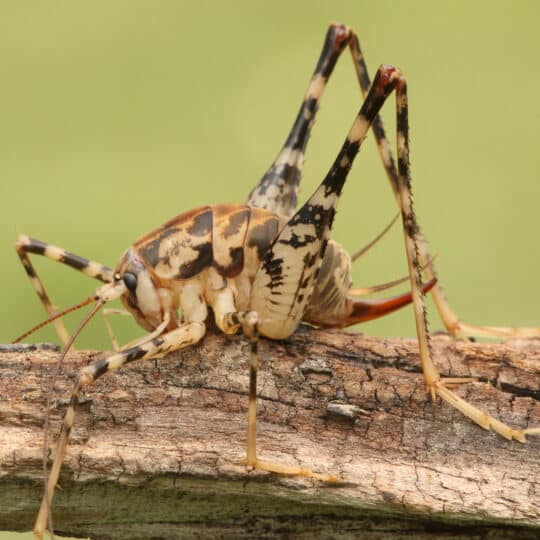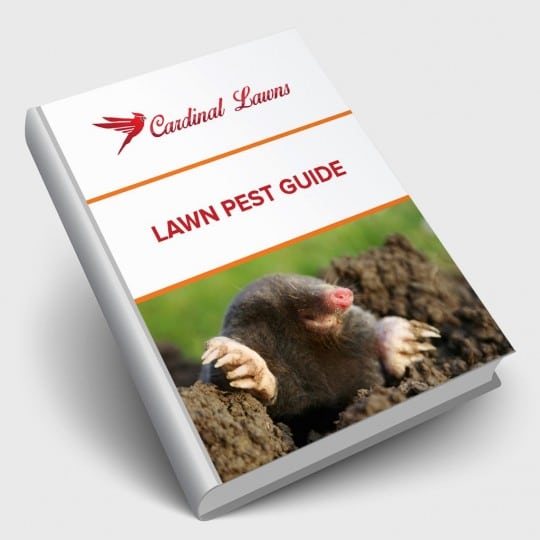Spider Crickets
Yup, Another Pest to Guard Against
Posted
September 7, 2023

With Fall fast approaching, pests will soon be on a pilgrimage to find food and shelter. You may have already experienced spiders, crickets, and other insects in and around your home. But did you know there’s another pest you should be on the lookout for? Did you know there’s such a thing as spider crickets? Yup, add them to the list and learn how spider cricket control is similar to other methods of pest prevention.
Spider Crickets? What?
It seems there’s always a new insect to add to the list of pests that can invade your yard and residence. While spider crickets are not part of the spider or cricket family, they look like a blend of the two. Rhaphidophoridae—what they’re officially called—are brownish in color with a humpback, antennae, and six, long spidery legs (the two hind legs are longer, like a cricket).
For the most part, these bugs are harmless, but they use their ability to jump as a scare tactic, so don’t get too close. Since they prefer to congregate in large groups, seeing one means many more are around. You may not hear them chirp like crickets, but you could hear a group of them pop as they hop around your basement.
That’s right, just like spiders and crickets, spider crickets love dark, damp environments like basements, crawlspaces, garages, and sheds. They typically dine on fungus and plant matter, but they’ve also been known to chew on fabric, carpet, and wood. And remember how they like to congregate? So it’s best to keep them out of your house.
Spider Cricket Control
Like many insects, spider crickets prefer to be outside. They dwell in caves and forests with plenty of places to hide. But if they’re just a hop, skip, and jump from your yard and happen to find your rock garden, wood pile, and blanket of leaves hospitable, they can also accidentally invade your home.
To help prevent spider crickets and other pests from wandering into your home, start by making your yard less desirable.
- Remove lawn debris and leaves
- Move wood piles away from your home
- Keep grass and gardens trimmed.
For an added layer of protection, inspect the perimeter of your home and make sure there are no easy access points.
- Seal any holes or cracks with caulk
- Patch holes in window and door screens
- Use perimeter pest control products
- Clear clutter from storage spaces or keep it well lit
- Eliminate moisture in your home with a dehumidifier
If you still end up dealing with a pest problem, your best option is to call an exterminator. Contact Cardinal Lawns for help with any infestation. After evaluating the situation, a plan of attack and control will be put in place to help prevent them from returning.

Download Your FREE Lawn Pest Guide
Pests become most prevalent during the heat and humidity of summer. Take some time to learn about the signs of infestations before any damage can be caused to your landscape. This handy guide will teach you how to spot common lawn pests and how to keep them from causing harm to you and your property.